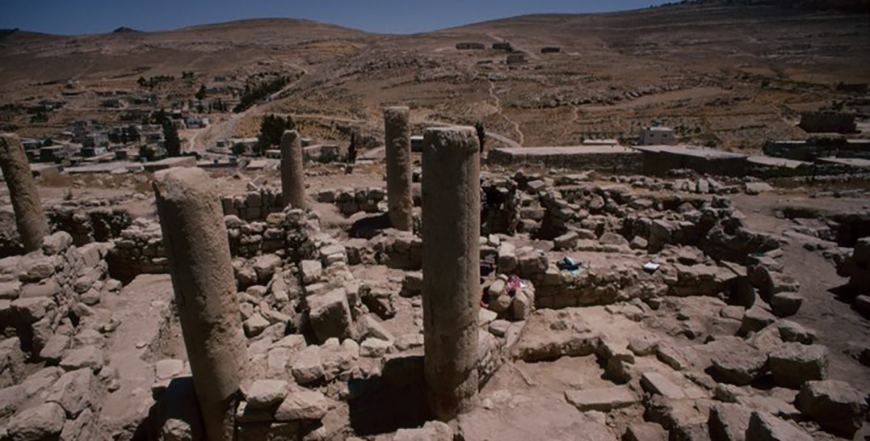AMMAN – Ceramics from Gharandal constitute an important component of a much larger research project on the social and economic history of Late Antique and early Islamic Jordan and Palestine.
"Until recently the dearth of dependable ceramic chrono-typologies crossing the crucial transitional period between Late Antiquity and the early Islamic period has hindered an authoritative analysis of the occupational history of individual sites, and impeded any valid assessment of regional settlement histories," said the professor Alan Walmsley from the Macquarie University in Australia.
"Issues of production and trade, cultural regionality and social change were also overlooked, as the data were not able to meet the difficult questions generated by these studies," Walmsley added.
In the last two decades, however, great advances have been made in understanding of socio-economic conditions in other parts of Jordan, in no small part due to the establishment of a reliable and stratigraphically linked pottery sequence from excavations at sites such as Amman Citadel, Jerash, Pella and Aqaba.
The 1990’s were turning point in reassessment of social and cultural conditions in Jordan during the early Islamic period.
The absence of any immediate and significant break in the cultural record at the time of the emergence of Islam (633-640 AD) or, as has been recognised more recently, with the overthrow of the Umayyad Dynasty in 750AD, has obliged archaeologists to tackle issues of social continuity and change from a much broader perspective than simple historical 'causes and effect', said Walmsley.
"Conventional wisdom, largely based on regional survey work, argues for considerable abandonment of settlements in the lead up to the Islamic expansion and, in effect, the virtual end of settled life on any significant scale south of the Dead Sea -Wadi Rasa divide in the early Islamic period," said the professor.
Walmsley added that the region has been dismissed as forgotten, depopulated and marginal; politically and culturally bypassed under the early Caliphate (a view perhaps more descriptive of nineteenth century European perceptions than the situation in the sixth-seventh centuries).
Yet, the persistence of the region and its sites in the Muslim and Crusader sources would suggest otherwise, and the Gharandal Archaeological Project seeks to elucidate, from the archaeological record, the nature and extent of urban and rural settlement in Al Jibal during the Late Antique-early Islamic transition.
The Gharandal excavations have revealed, through the ceramics and their contexts, the continuity of occupation from Byzantine into Mamluk times while showing the complexities of settlement development that occurred over this period.
The pottery from the church fills, with the preponderance of light blooms and decorative combing could easily be mistaken for sixth-century "Byzantine", and could well account for the low representation of early Islamic sites in the regional surveys of south Jordan, the scholar retorted.
"Similarly, the characterisation of the first handmade wares and their dating to the late-tenth and eleventh century has not been widely acknowledged," said the professor.
"The misallocation of these wares to an amorphous 'Ayyubid-Mamluk' category, or even to the Ottoman period, has probably denied the proper recognition of settlement in this period for south Jordan. Hence very quickly the imagined Byzantine-Mamluk settlement 'gap' for the south is being filled," Walmsley noted.
